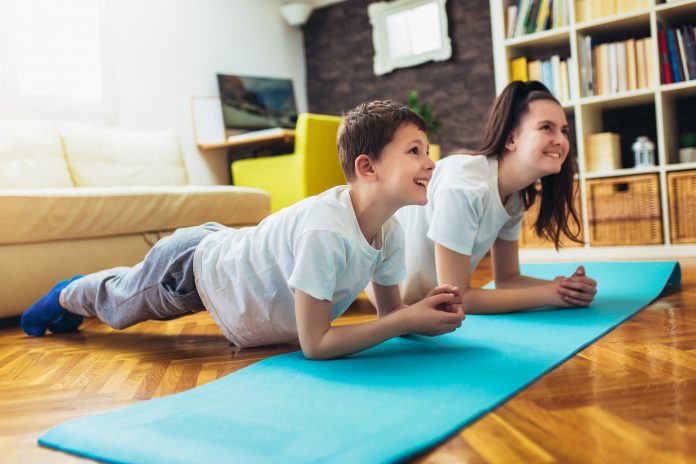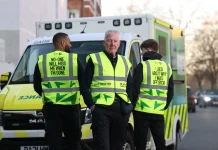Jon Smedley, a former teacher and founder of Teach Active, explains how schools can help children stay physically active to limit the negative impact of lockdown 3.0 on their mental health
As children emerged from the first lockdown many months ago, the Youth Sport Trust released some concerning findings from a study of 6 to 15-year-olds.
40% of young people said that not being able to take part in sport made them feel worse about being locked down. This is troubling when 33% of children also experienced an increase in mental health issues, including stress, loneliness and worry during this time. A stark reminder of the restricted impact movement can have on children’s physical health as well as their emotional wellbeing.
Equally concerning is that the number of children meeting the Chief Medical Officer’s recommendation to take part in an hour or more of sport or physical activity every day fell from 47% to 19% during the first lockdown. A staggering 7% of children did no physical activity at all.
This has an impact when children return to school, as they are left unable to concentrate in class.
So, what can schools do to reduce the negative impact of lockdown 3.0 when children come back to class?
Get children moving
It’s essential that pupils are given as many opportunities as possible to be physically active and many schools have found that active learning can help. This is where activities are incorporated into English and maths lessons so learning involves moving around the classroom or playground.
Thinking differently
The staff at Holy Family Catholic School in Addlestone, Surrey, are advocates. Rather than sitting at a desk for an English lesson about conjunctions, for example, pupils are encouraged to get out of the classroom into the fresh air. Their teacher would give them two grammar clauses on a card and ask them to match these with the correct conjunction displayed at the other end of the playground to form a sentence.
For maths, a teacher could plan a lesson where pupils take part in a Grand Prix race around the playground to collect multiplication and division questions. Once a question is collected the child returns to the ‘pit stop’ and calculates the answer then writes it down. The first team to complete all the questions wins the Grand Prix. Adding this element of competition is a really fun way for the children to learn.
Teachers could mix it up by having a different Grand Prix every week – at Silverstone or in Monaco – and see which team has won at the end of the season.
Activity matters
Steve Tindall, the headteacher at Holy Family Catholic School, has a passion for sports, and he knows how important exercise is for children’s mental wellbeing. “It helps to remove barriers, particularly in maths. The children learn as they run around having fun. As active learning is more enjoyable, it changes the psychology of learning as children see it as a game and forget that they’re learning,” he explains.
“When we first began using active learning techniques in maths and saw it transform from the ninth favourite subject and rise up through the ranks to the third favourite, we introduced the same techniques into English too.”
The school has even incorporated active learning into some of their home learning activities during lockdown so students are encouraged move away from their screens.
Learning through lockdown
Education secretary Gavin Williamson has underlined the importance of keeping children active and its benefits to both physical and mental health. Government funding has been earmarked to help schools get more children moving in the current academic year, and PE and Sport Premium funding from 2019/20 can be brought forward to support the initiative too.
Introducing more active learning methods into lessons will help improve the physical and mental health of pupils at the same time as improving attainment levels. The benefits of this for pupils will be seen for many years to come.











